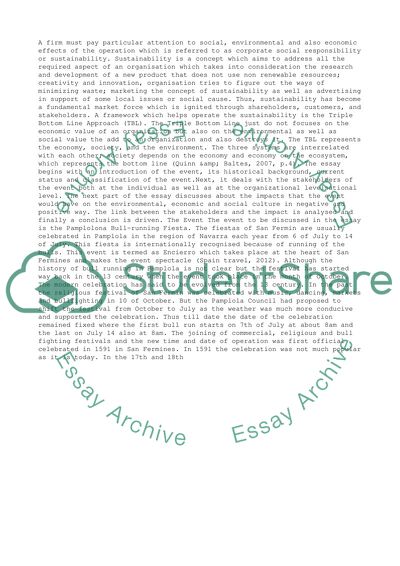Cite this document
(“Triple Bottom Line Approach Essay Example | Topics and Well Written Essays - 2500 words”, n.d.)
Triple Bottom Line Approach Essay Example | Topics and Well Written Essays - 2500 words. Retrieved from https://studentshare.org/management/1441228-the-implications-of-the-use-of-the-triple-bottom
Triple Bottom Line Approach Essay Example | Topics and Well Written Essays - 2500 words. Retrieved from https://studentshare.org/management/1441228-the-implications-of-the-use-of-the-triple-bottom
(Triple Bottom Line Approach Essay Example | Topics and Well Written Essays - 2500 Words)
Triple Bottom Line Approach Essay Example | Topics and Well Written Essays - 2500 Words. https://studentshare.org/management/1441228-the-implications-of-the-use-of-the-triple-bottom.
Triple Bottom Line Approach Essay Example | Topics and Well Written Essays - 2500 Words. https://studentshare.org/management/1441228-the-implications-of-the-use-of-the-triple-bottom.
“Triple Bottom Line Approach Essay Example | Topics and Well Written Essays - 2500 Words”, n.d. https://studentshare.org/management/1441228-the-implications-of-the-use-of-the-triple-bottom.


